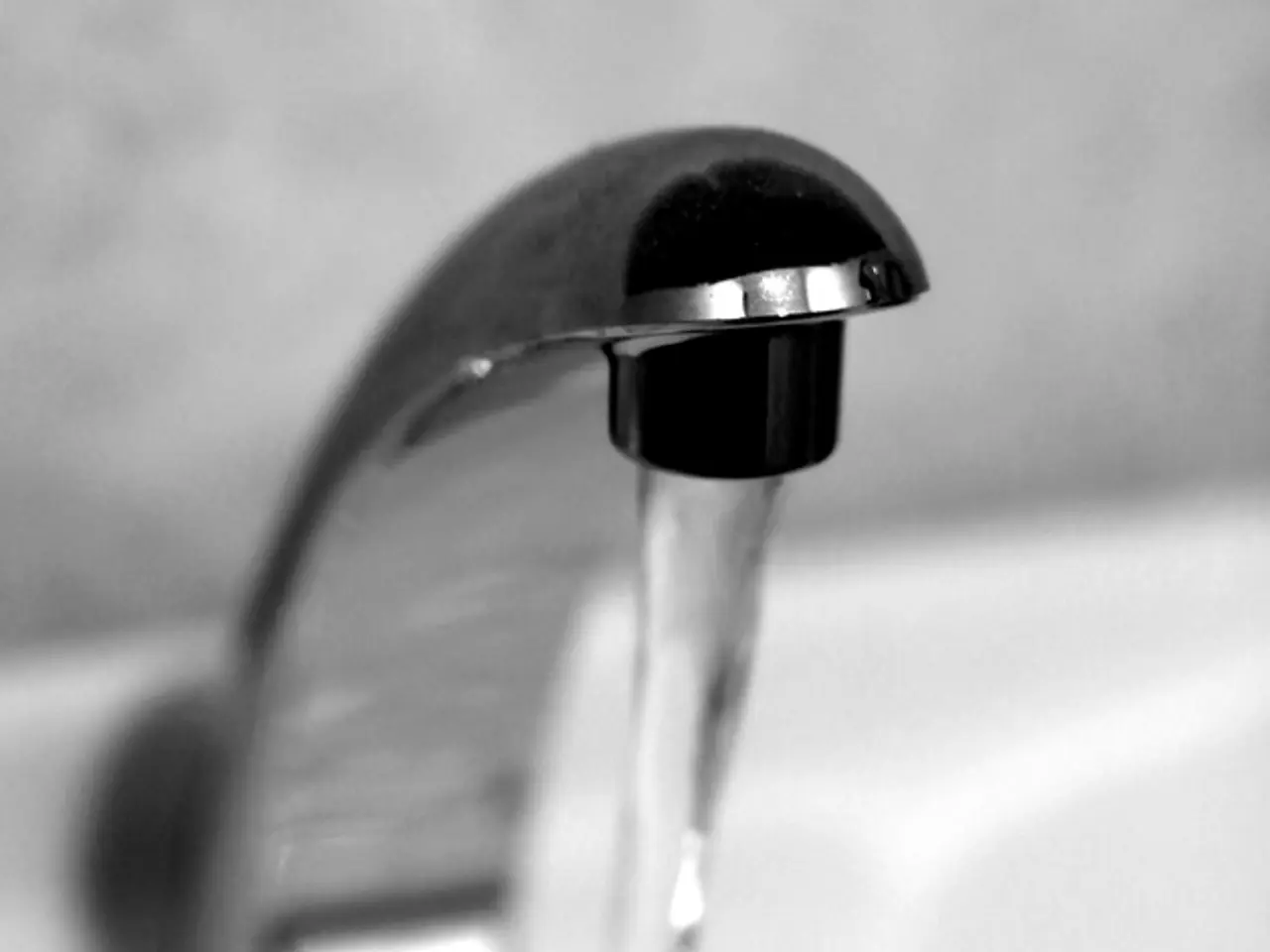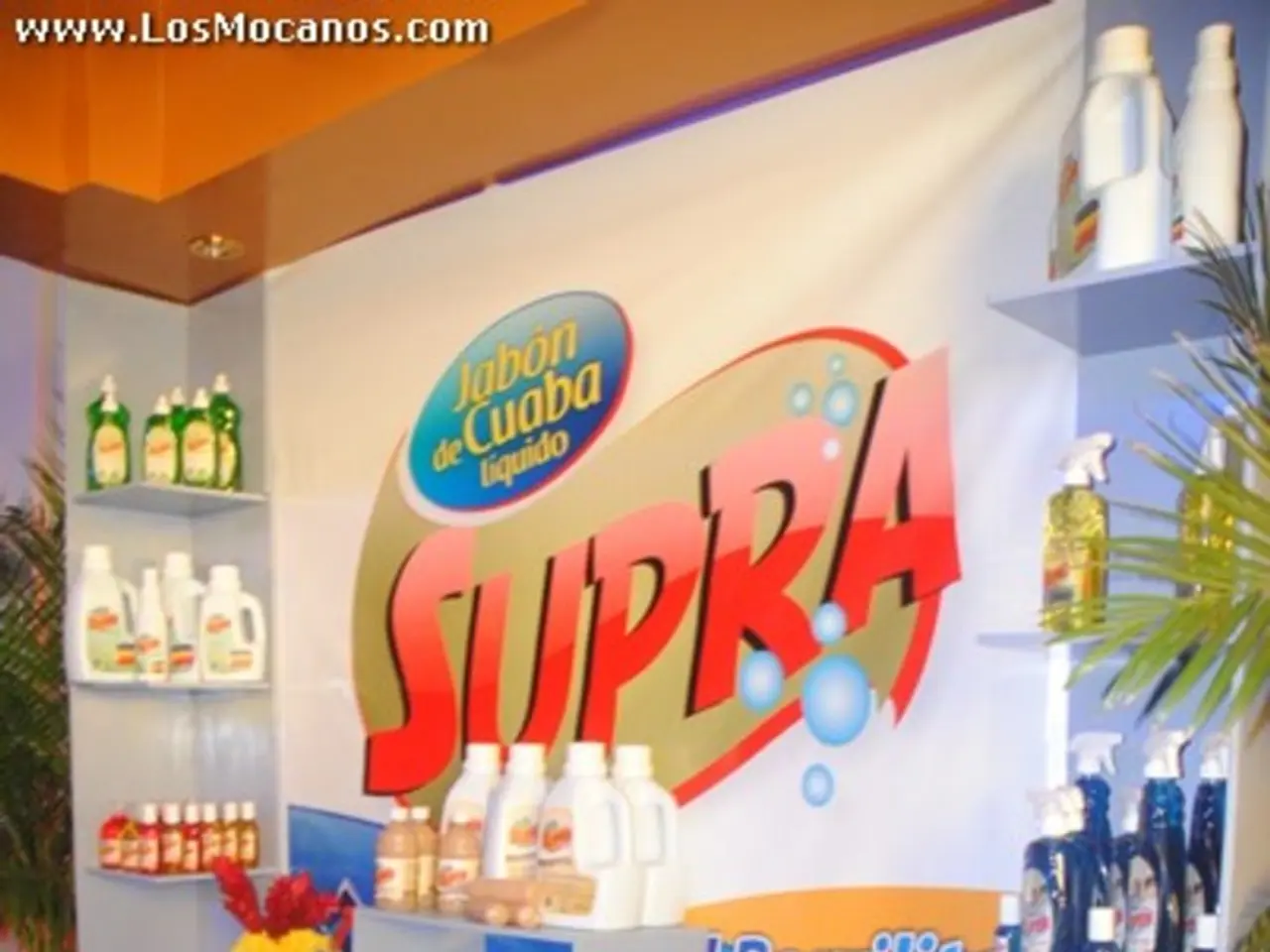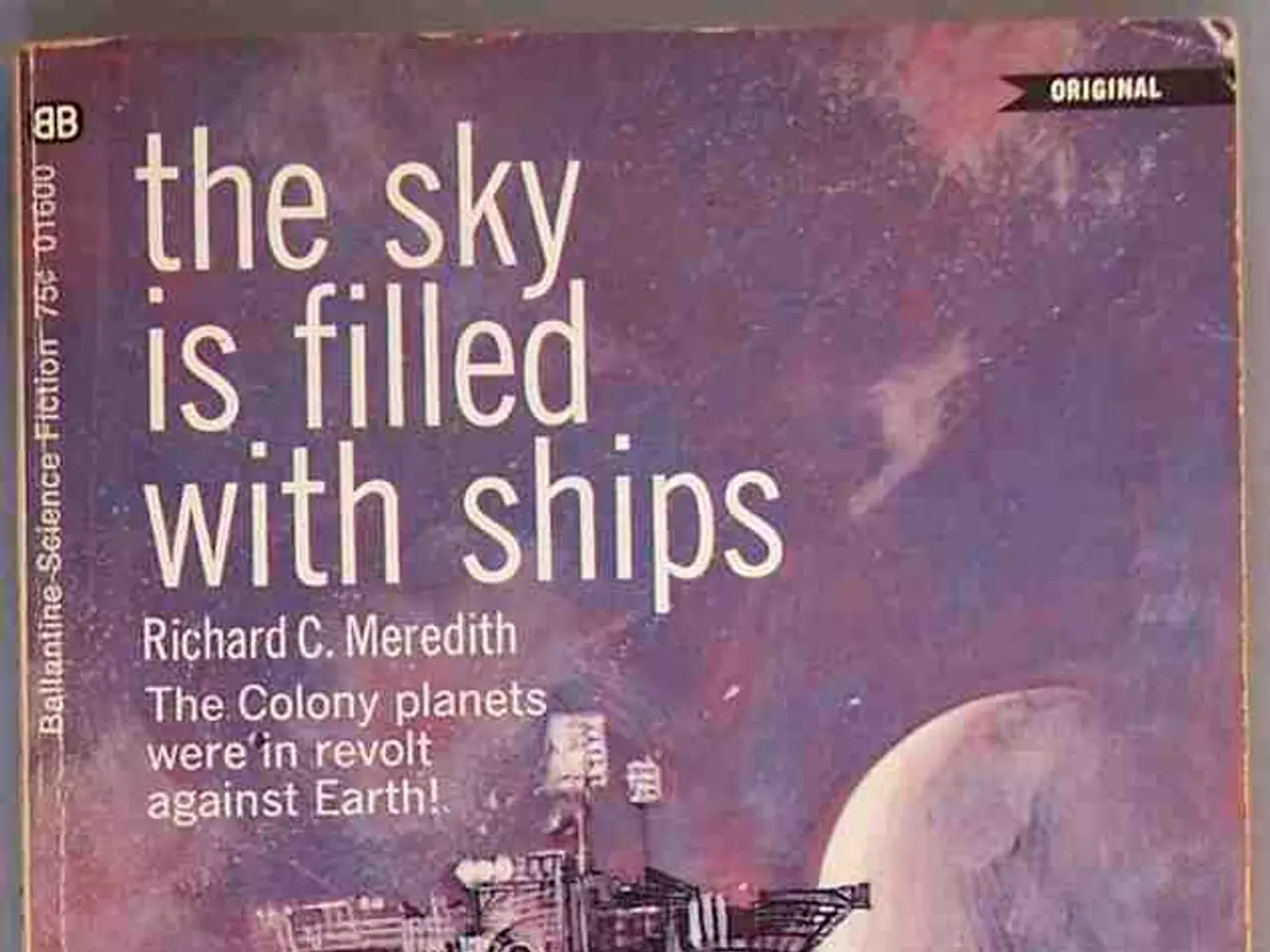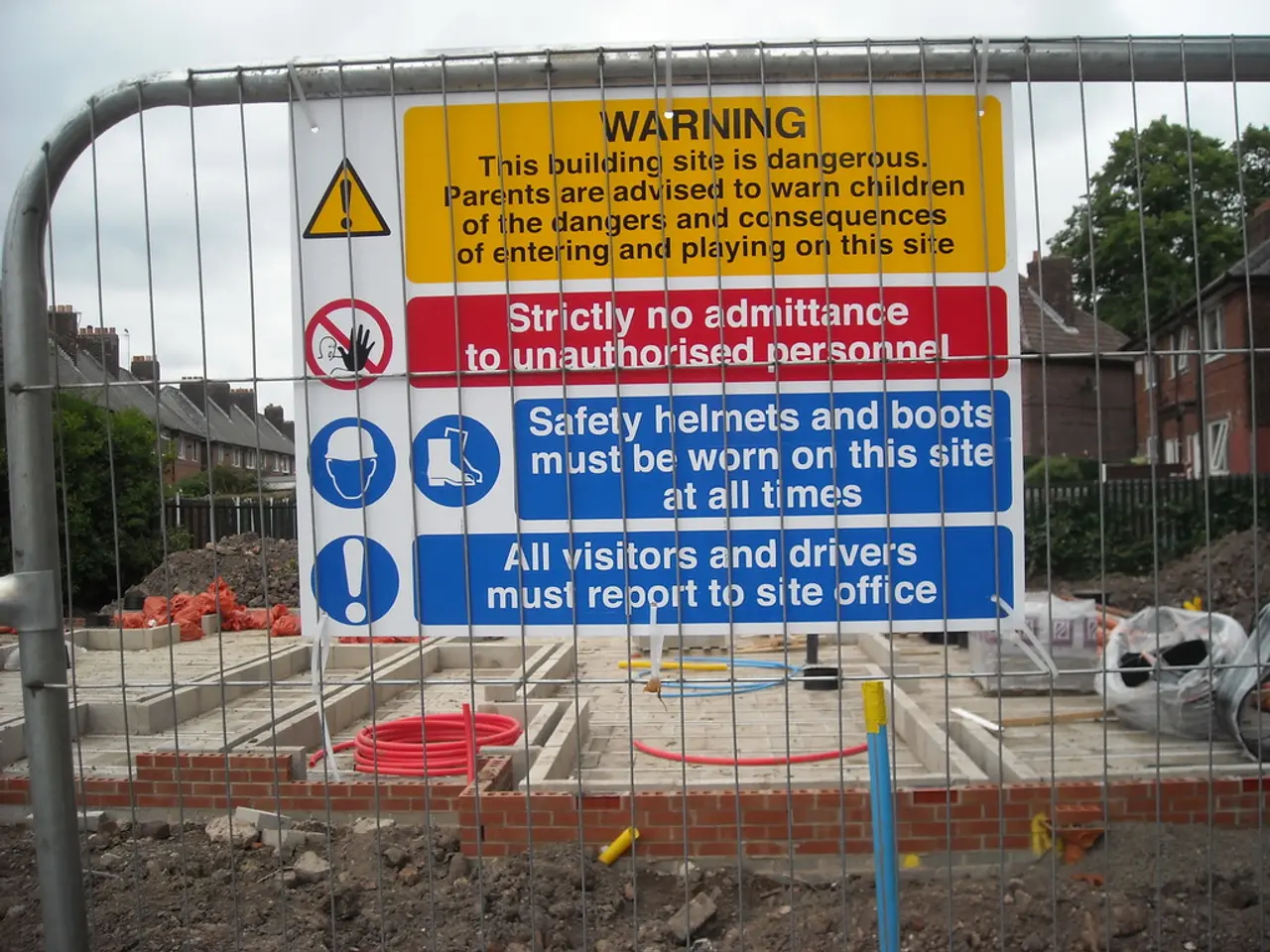Resolving Matters under CWA Section 404(q) Guidelines
The Section 404(q) Memorandum of Agreement (MOA) between the U.S. Army Corps of Engineers and the U.S. Environmental Protection Agency (EPA) serves as a crucial document outlining procedures for resolving permit issues related to the discharge of dredged or fill materials into waters of the United States, under the Clean Water Act.
This agreement, first published in August 1992, aims to facilitate cooperation between the two agencies, ensuring compliance with environmental regulations while processing permit applications efficiently.
Here's a simplified overview of the typical Section 404 permit processing:
1. **Application Submission**: The applicant submits a permit application to the U.S. Army Corps of Engineers. 2. **Public Notice**: The Corps issues a public notice for the proposed project, allowing for public comment. 3. **EPA Review**: The EPA reviews the application and may provide comments or objections based on environmental concerns. 4. **Permit Evaluation**: The Corps evaluates the application, considering factors like environmental impact, public comments, and EPA feedback. 5. **Permit Issuance or Denial**: Based on the evaluation, the Corps decides whether to issue the permit.
The time frame for processing Section 404 permits can vary significantly, depending on the complexity of the project and whether it requires additional environmental assessments or public hearings. Generally, the public comment period lasts around 30 days but can be extended, and the EPA's review and comment period also varies, but they usually have a set timeframe to provide input.
For specific details on the current process and time frames under the 1992 MOA, further research or direct consultation with the U.S. Army Corps of Engineers or the EPA would be necessary.
Additional memorandums and documents related to Clean Water Act Section 404(q) actions have been published since the original 1992 Section 404(q) Memorandum of Agreement. These include documents such as "Section 404(q) Background Materials," "Chronology of Section 404(q) Actions," and memorandums on Coordination between EPA Regional Offices and Headquarters on Clean Water Act Section 404(q) Actions, published in 2006 and 2008.
The Section 404(q) MOA was issued to minimise delays in Section 404 permit issuance, as required by the Clean Water Act. A separate document, the memorandum on Designation of Aquatic Resources of National Importance under Clean Water Act Section 404(q), was released in 2002.
The Section 404(q) MOA is a valuable resource that helps facilitate timely permit decisions, providing updates and background information regarding EPA actions. It pertains to permits issued under Section 404 of the Clean Water Act.
For those seeking more information, a document titled "Section 404(q) Memorandum of Agreement - Interagency Questions and Answers" was published, offering further insights into the workings of this important agreement. However, the specific dates for the release of this document, along with "Section 404(q) Background Materials," are not provided in the text.
- The Section 404(q) Memorandum of Agreement (MOA) between the U.S. Army Corps of Engineers and the U.S. Environmental Protection Agency (EPA) is crucial for the interplay of science, industry, and environmental-science, as it outlines procedures for resolving permit issues related to the discharge of dredged or fill materials into waters of the United States, under the Clean Water Act.
- In the financing aspect, the public comment period during the Section 404 permit processing can vary significantly, depending on factors like the complexity of the project and whether it requires additional environmental assessments or public hearings.
- For a deeper understanding of the working mechanics of the Section 404(q) MOA, documents such as "Section 404(q) Background Materials," "Chronology of Section 404(q) Actions," and the "Section 404(q) Memorandum of Agreement - Interagency Questions and Answers" have been published, offering valuable insights into the interplay between land and water materials management, and regulations enforced by industry and environmental-science sectors.




